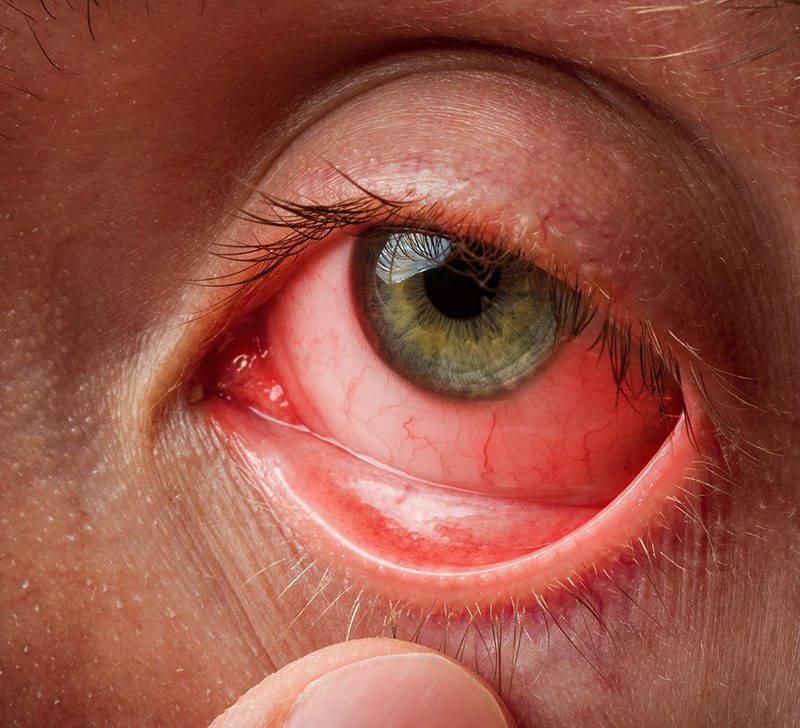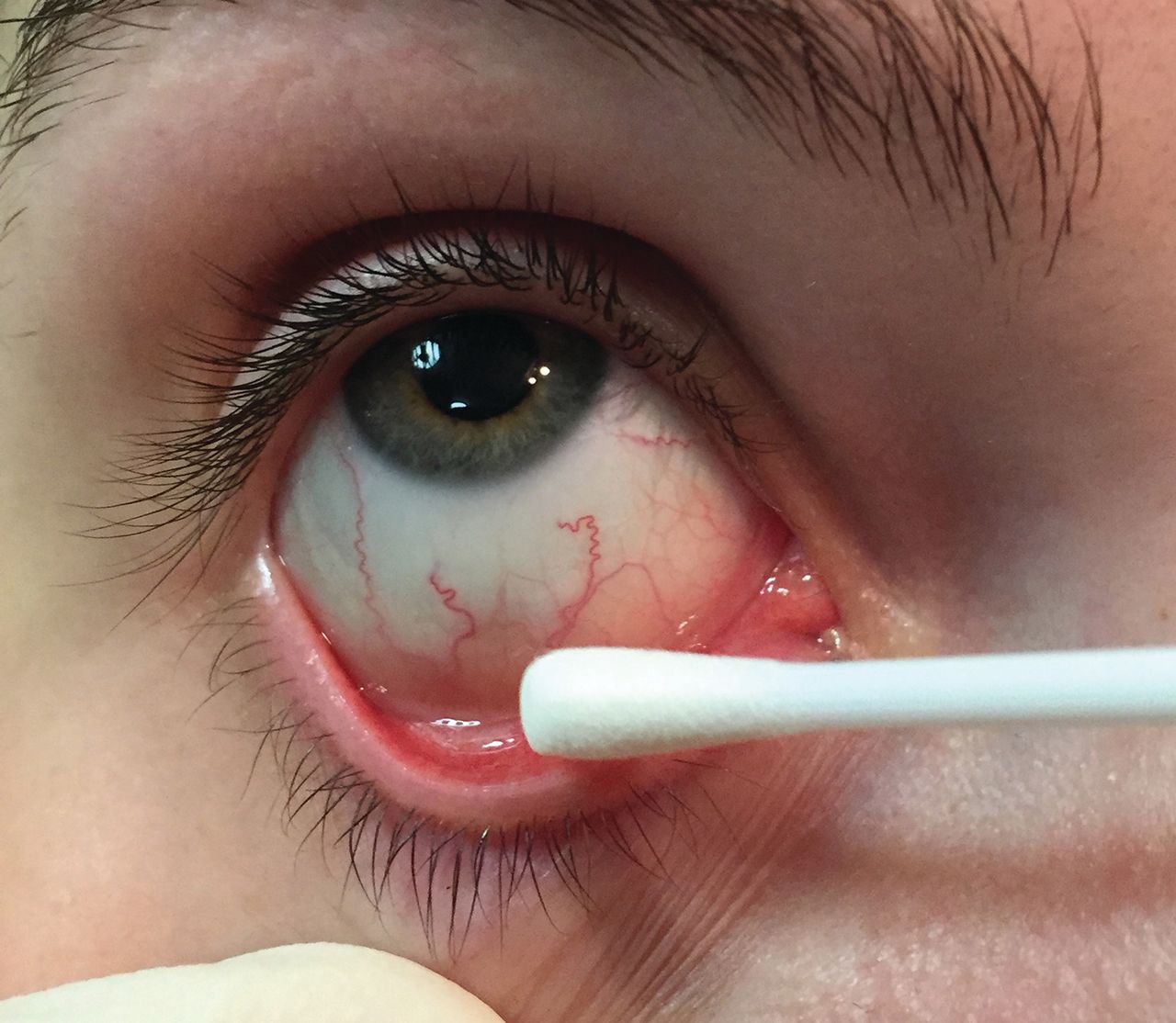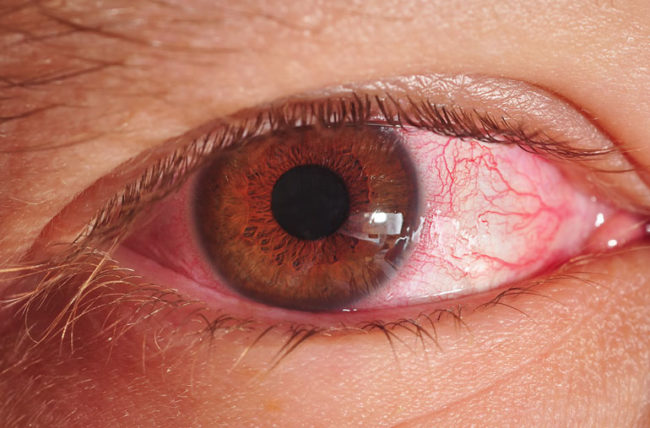Introduction
Chlamydia or Trachoma is a type of sexually transmitted infection caused by a bacteria referred to as Chlamydia Trachomatis. When a person has Chlamydia eye discharge or when Chlamydia affects an individual’s eyes, it causes pink eye or conjunctivitis.
According to the statistics, the problem has taken place from STI bacteria and it affected about 2.86 million people in the USA in one year. Even though the problem takes place in every age group and gender, the problem is common among young women.
Patients with Chlamydia must undergo proper treatment via topical or oral antibiotics. If you leave the condition untreated, it results in many complications, including lifetime blindness. Newborns and infants may suffer from chlamydial conjunctivitis while passing through their mother’s birth canal.
Common Symptoms of Chlamydia in Eyes
Symptoms related to Chlamydia eye discharge often develop slowly. It affects only one eye or both eyes. A few of the common symptoms of Trachoma eye infection are-

- Swelling and redness in the eyes
- Pus and itchiness
- Watery eye discharge and tears
- Sticking together or crusting eyelids
- Sensitivity to light rays
In most cases, Chlamydia Trachomatis STI in the eyes does not cause any notable eye pain or vision changes. However, if you experience additional symptoms with the major ones, you must consult your eye doctor for an eye examination.
Causes of Chlamydia in Eyes
Chlamydia in the eyes takes place whenever the eye of a healthy person contacts directly with the one of an infected person. However, the bacteria may spread to the eyes, in many others as follows-
- Sharing of linens or towels with the infected individual
- Touching your eyes without washing hands after sexual contact with infected individuals
- Sharing of false eyelashes, and/or mascara with a Chlamydia infected person
- If the pregnant woman has Chlamydia eye discharge at the time of her delivery
Risk Factors of Chlamydia Conjunctivitis

The following factors will increase the risk related to Chlamydia conjunctivitis.
Crowded Living Conditions
Places, where people live close to each other remain at a high risk to spread infection.
Poor Sanitary Conditions
Poor sanitary conditions, lack of hygiene, inadequate water access, unclean hands, or faces spread the disease.
Sex
The rate of contracting STI in women is higher in some areas (approximately 2 times to 6 times) than in men.
Complications of the STI Eye Infection
Early detection with the use of antibiotics helps in the treatment of a single episode of Chlamydia infection. However, secondary infections and repeated problems may result in many complications. These include the following-
- Eyelid deformities in the form of ingrown eyelashes or inward-folding eyelids
- Scarring of inner eyelids
- Cloudiness or scarring of corneas
- Complete or partial vision loss
Stages of Chlamydia Conjunctivitis and Trachoma

According to the World Health Organization, Chlamydia conjunctivitis and trachoma have five stages of development. These include the following-
Follicular Inflammation
The early infection of conjunctivitis has five or more five follicles. Here, follicles refer to small bumps containing lymphocytes and white blood cells. Doctors may view them via inner surface magnification of the upper eyelids or conjunctiva.
Intense Inflammation
In this stage, the eye of a patient becomes highly infectious and experiences a severe form of irritation. Moreover, a few individuals have swelling or thickening of their upper eyelids.
Scarring of Eyelids
Repeated infection may cause scarring of the inner eyelids. The scars display as white lines when your doctor examines them via magnification. Eyelid scarring also distorts eyelids and may cause entropion.
Trichiasis or In-turned Eyelashes
The scarring of the inner lining of your eyelids will continue to cause deformation. Hence, your eyelashes rub on and scratch the cornea. Here, cornea refers to the transparent outer space of your eye.
Opacity or Corneal Clouding
Inflammation affects the cornea of the eyes and you may often see it under the upper lids. Consistent inflammation combined with scratching from in-turned eyelashes cause clouding of the eye’s cornea.
Each of the stages, signs, and symptoms of Chlamydia or Trachoma are severe in the upper lid as compared to in the lower lid.
Diagnosis of Chlamydia Eye Infection
Your doctor will diagnose chlamydial conjunctivitis by conducting an eye examination. The examination consists of collecting a swab from your conjunctiva and sending it to a laboratory to diagnose the presence of a particular bacterium. Moreover, your doctor recommends undergoing a few other STI-related tests to identify the infection spread to the eyes.
Treatment of Chlamydia Eye Infection
Treatment of Chlamydia eye discharge or eye infection depends on the respective stage of the disease. Doctors usually recommend certain medications to eliminate the STI or manage its symptoms. In other cases, one has to undergo surgery.
Medications
If your disease is at the initial stage, your doctor will prescribe a few antibiotics to eliminate Chlamydia infection. You have to intake oral azithromycin and apply a tetracycline eye ointment. Besides, the World Health Organization recommends giving antibiotics to the community if more than 10 percent of babies have trachoma or chlamydia eye infection. The main objective is to treat every individual exposed to trachoma and reduce its spread drastically.
Surgery
When your disease reaches its later stage and you experience painful deformities of the eyelids, you must undergo surgery. In the case of eyelid rotation surgery, your eye surgeon will make a small incision in the scarred lid and rotate the eyelashes away from the cornea.
The procedure restricts corneal scarring progression and avoids further vision loss. If the corner becomes clouded enough to impair vision severely, an eye surgeon performs corneal transplantation to improve your vision. Furthermore, you have to undergo epilation (removal of eyelashes) repeatedly.
Conclusion
Chlamydia or Trachoma of the eyes is a sexually transmitted disease and it involves different stages. If you are at an initial stage, your symptoms will go away with antibiotics. In contrast, if your problem reaches later stages, you have to undergo surgery on your eyelashes.
